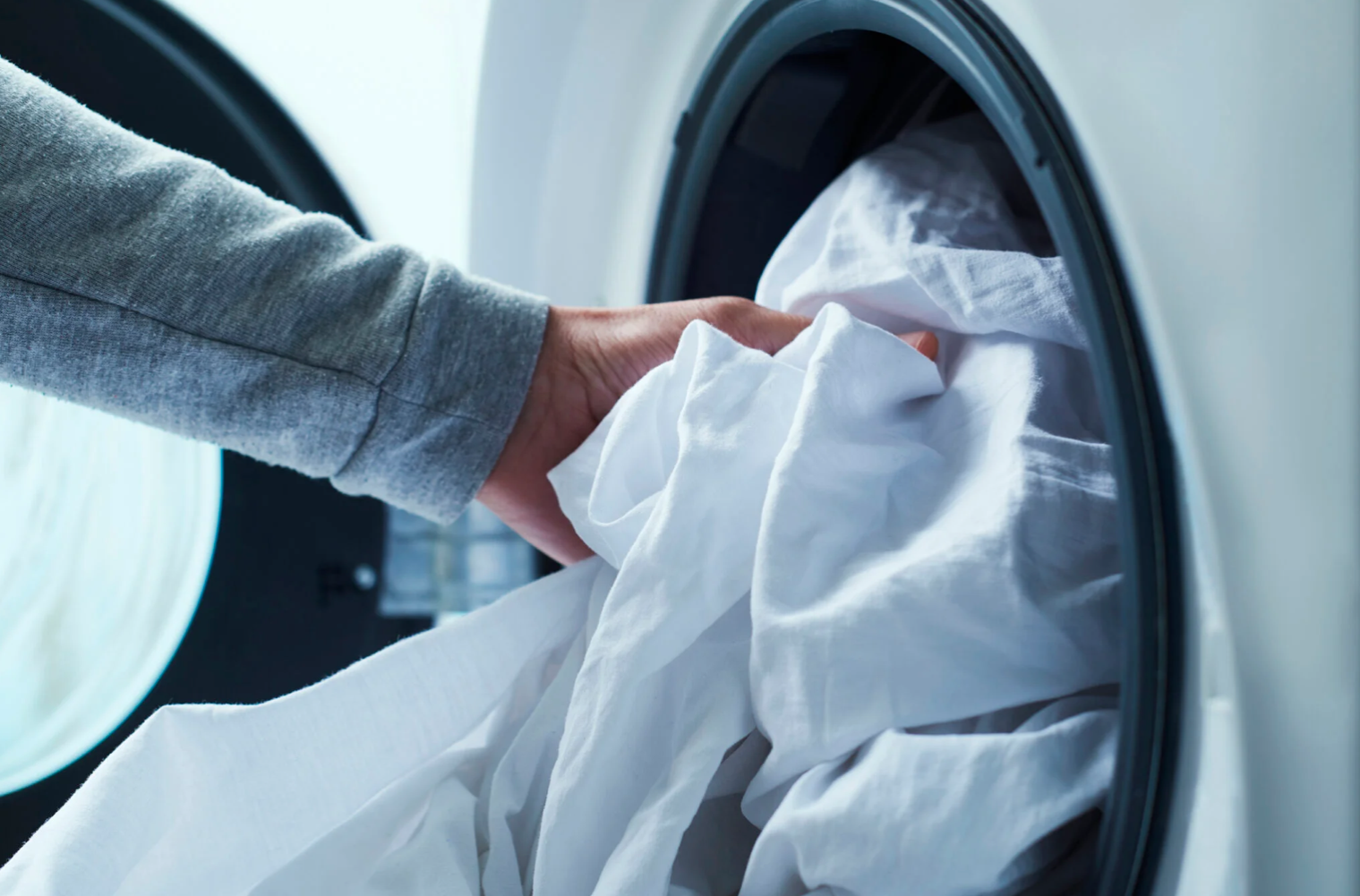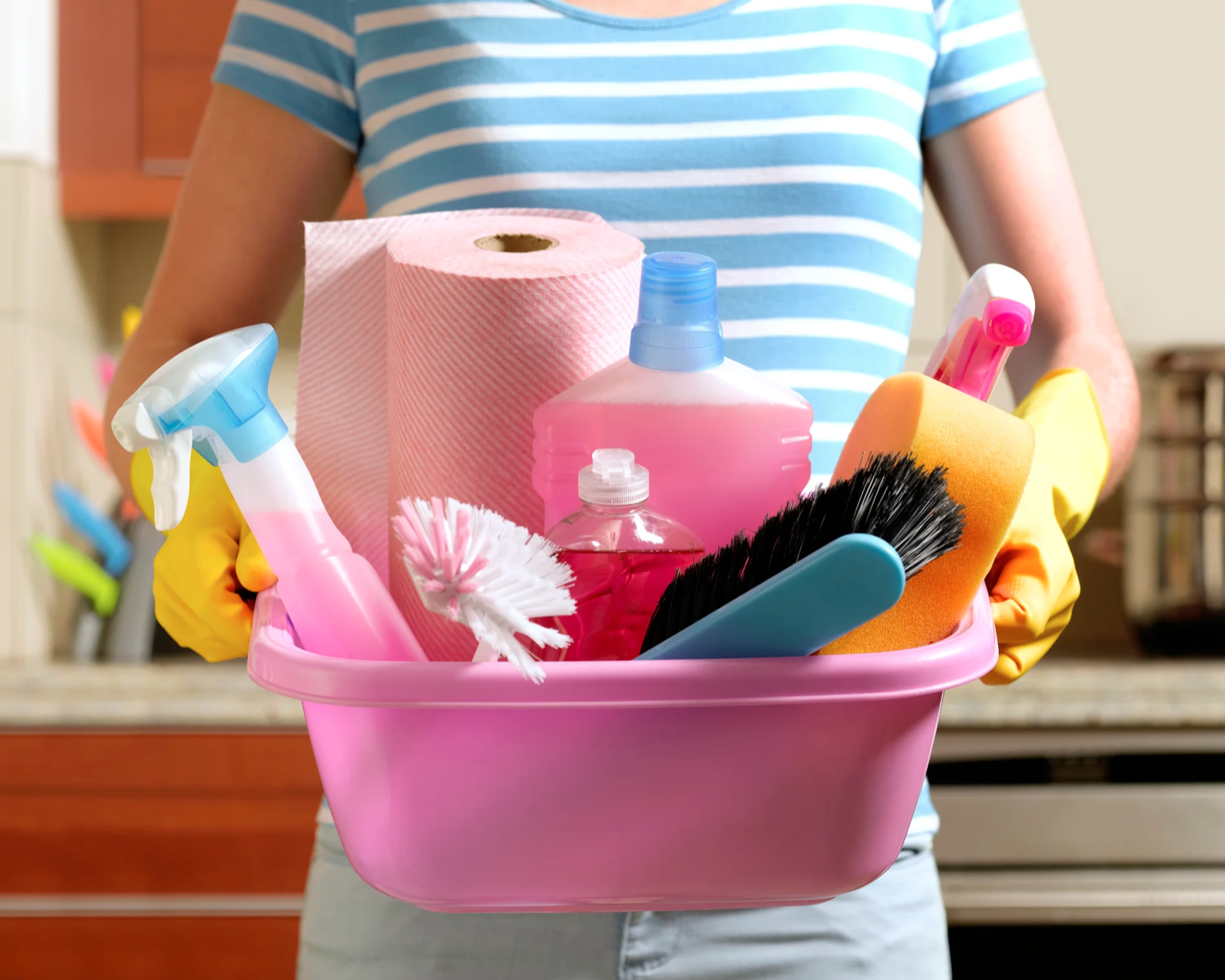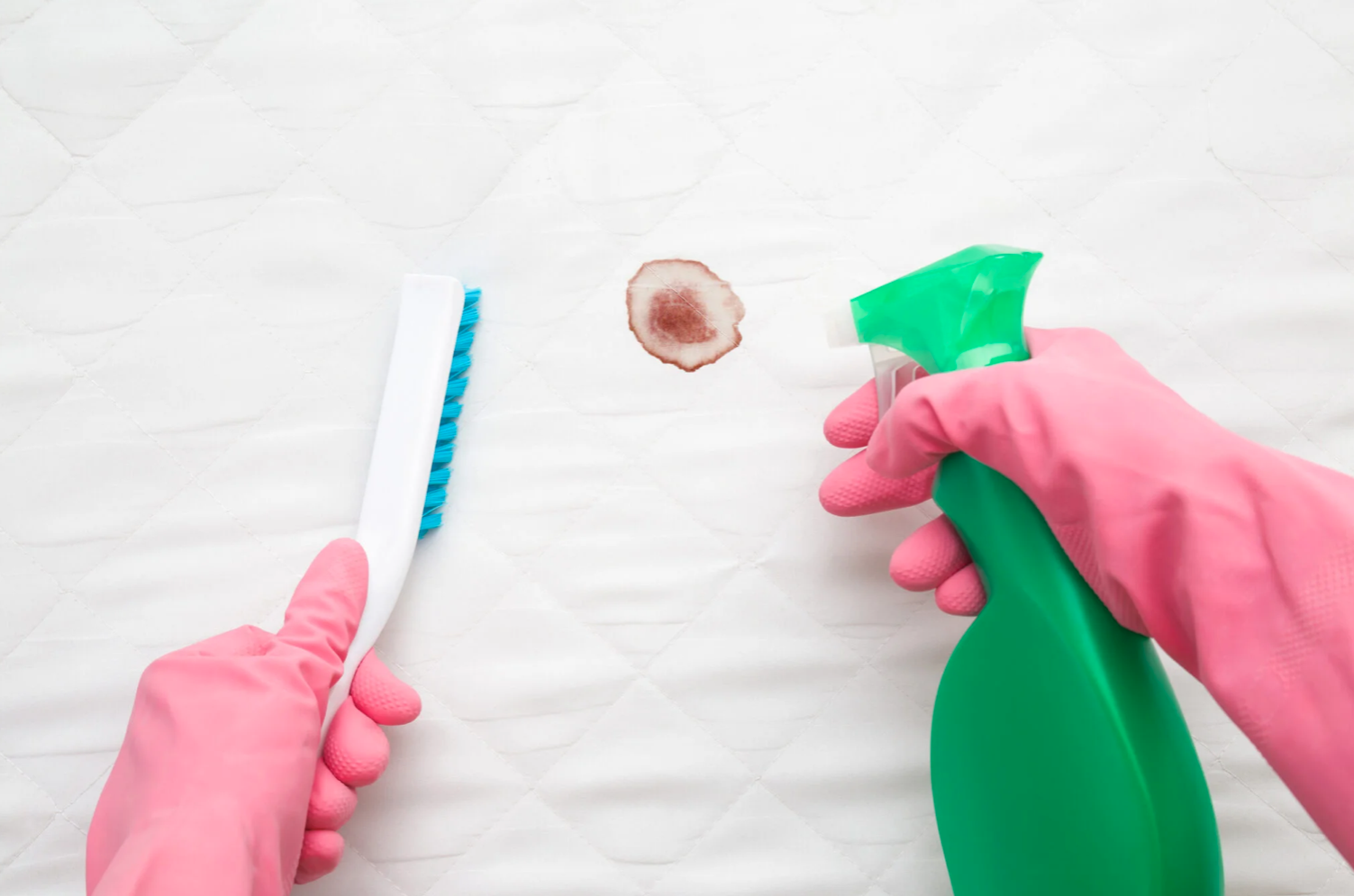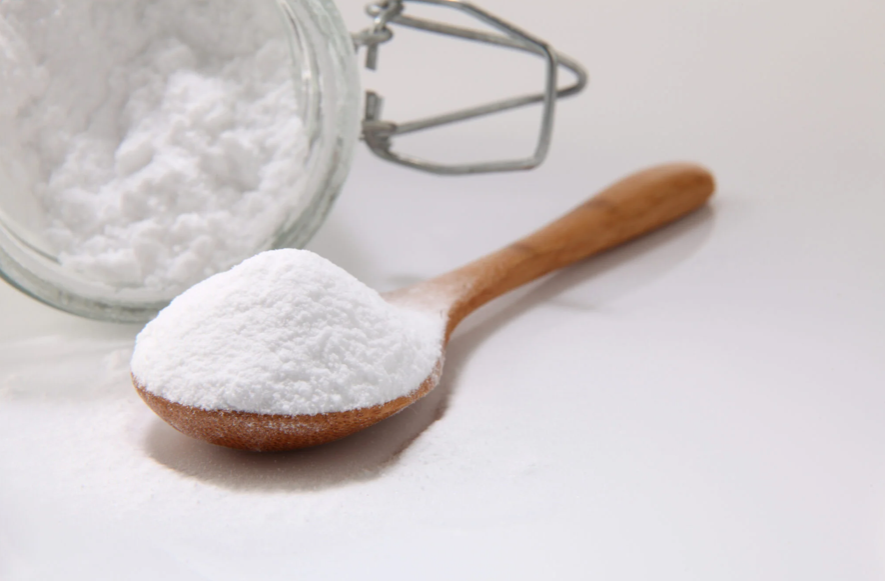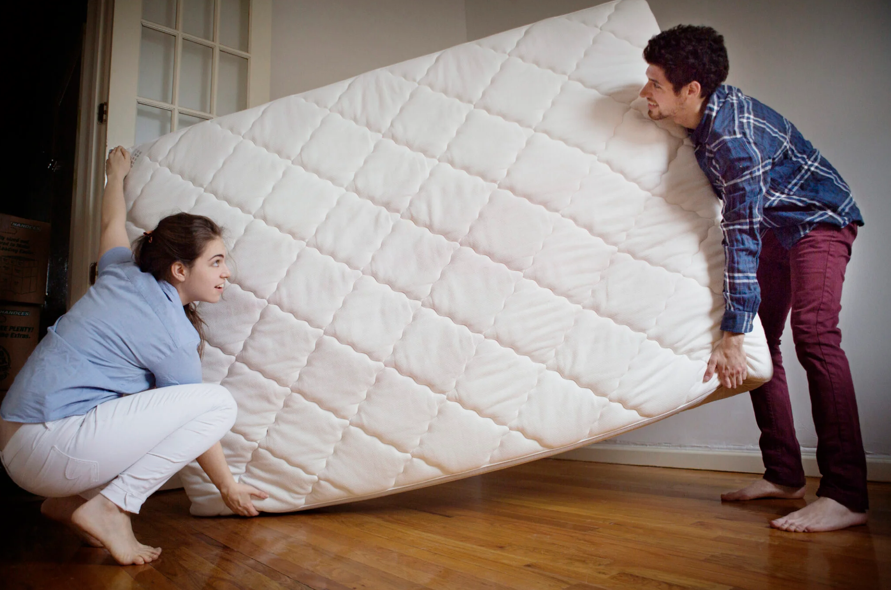WHAT IS AN HVAC SYSTEM AND HOW DOES IT WORK
RH Business Marketing Solutions
WHAT IS AN HVAC SYSTEM AND HOW DOES IT WORK
HVAC stands for heating, ventilation, and air conditioning. This system provides heating and cooling to both residential and commercial buildings. HVAC systems may be found in a variety of settings, from single-family homes to submarines, and provide environmental comfort. These systems, which are becoming more widespread in new construction, use fresh air from outside to provide excellent interior air quality. The V in HVAC or ventilation stands for the process of replenishing or exchanging the air within a room. This enhances indoor air quality by eliminating moisture, smoke, odors, heat, dust, airborne bacteria, carbon dioxide, and other contaminants, as well as regulating temperature and replenishing oxygen.
What Is the Function of an HVAC System?
The three basic functions of an HVAC system are intimately intertwined, especially when it comes to providing adequate indoor air quality and thermal comfort. Your heating and cooling system is one of the most complicated and complete systems in your home, but when it fails, you'll know immediately! The following HVAC system components should be recognizable to you: air return, filter, exhaust outlets, ducts, electrical elements, outside unit, compressor, coils, and blower.
Air Return
The air return is the component of your system that signals the beginning of the ventilation cycle. This return brings in air, filters it, and then sends it back into the main system. Pro tip: Dust your returns regularly because dirt and dust may readily accumulate on your filters.
Filter
Your filter is the second portion of the air return system through which the air is pulled. Pro tip: To keep your system running smoothly, replace your filters regularly.
Exhaust Ventilation
The exhaust outlets, where the exhaust produced by the heating system is released, are another component of your system. Check your chimney flue or vent stack once a year and tune it up if required.
Ducts
Your ducts are the pathways via which warm or cooled air flows. Pro tip: Have your ducts cleaned every 2 to 5 years to keep everything running smoothly.
Elements of Electricity
This section of your system might be a little difficult, but issues usually start here. Check for a tripped breaker or dead batteries in your thermostat if something isn't operating properly.
The Outdoor Unit
This is most likely the component of your system that comes to mind when someone talks about an HVAC system. The fan that generates airflow is housed in the outside unit. Keep your unit clean of garbage and grass, as plants pulled into your fan can create major difficulties.
Compressor
The compressor, which is part of the outside unit, is in charge of turning refrigerant from a gas to a liquid and delivering it to the coils. Check your compressor if anything isn't operating properly. It is frequently the root cause of many system failures.
Coils
Coils, which are usually part of the outside unit, cool the air as it passes through with the aid of the refrigerant. Check your coils once a year. If they freeze, you should inspect your filter and/or refrigerant levels.
Blower
The blower pulls warm air into the unit's main component. Pro tip: The more effectively this air flows through your system, the more durable it will be.
What Is Involved in an HVAC System?
Since we now know that HVAC stands for heating, ventilation, and air conditioning, we may deduce that these are the three major components of the complete system.
A heating element is frequently referred to as a furnace or boiler. If you have a forced-air system, it will have a pipe system for the fluid conveying the heat or ductwork.
The ventilation element can be either natural or forced, and when forced, it is frequently utilized for air cleansing as well.
Many of us are aware that the third and final component of an HVAC system is air cooling, which is the polar opposite of heating. Its primary goal is to remove the current heat from the home's interior.
How Long Does an HVAC System Last?
You're probably wondering how long a new NJ HVAC system will last you now that you know what it's made of. The system's lifespan is entirely dependent on the equipment. However, if you perform the necessary yearly maintenance, your equipment will last you for many years. Do you want to replace your current HVAC system? Or perhaps you'd want to add one entirely? Denver’s Most Trusted HVAC Company is your local heating and air conditioning company.
Guest Contributor: John Adams







